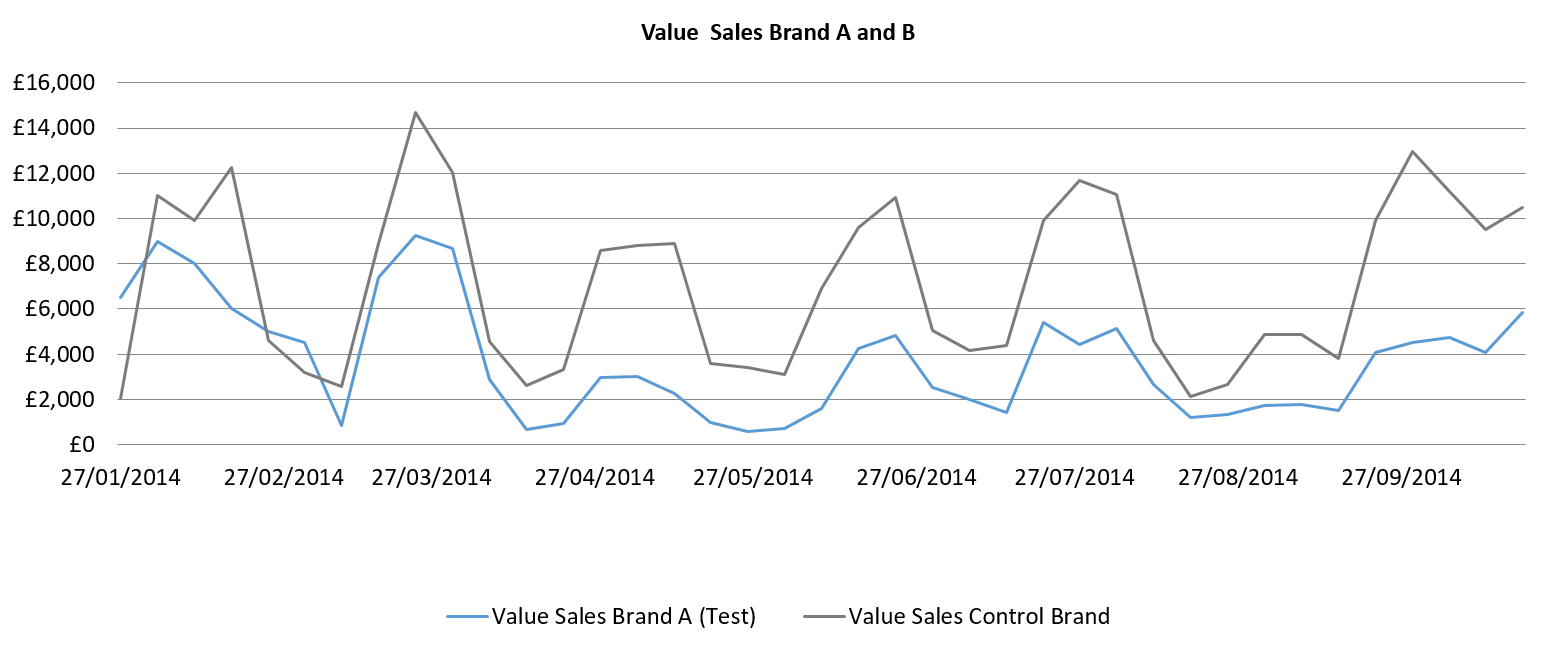L'Oréal's Vas Kourakis explains how to demonstrate great results without spending great sums.
You can win an IPA Effectiveness Award without econometrics.
Trust me. I am a former IPA technical judge, a co-author of winning papers, and probably as cynical as any of the client jury that will decide the final Awards.
Not only do you not need high-end analytics to craft a winning entry, there are also many free or low cost resources to help you.
The IPA awards entry pack is one. And if you have read this far, you are looking at another.
Below, I outline three steps to building a rock-solid effectiveness case without breaking the budget.
1. Start from the data
You can’t win an Effectiveness Award without citing strong results from your communications activity.
For many people, results simply means demonstrating a final ROI (Return on Investment) from activity.
But there are lots of other measures which can help you prove you were having an impact at different phases of your work.
In the pre-activity stage, for instance, there are creative pre-testing scores, which can be compared to the category benchmarks produced by research companies such as GfK and Kantar.
For the ‘mid-flight’ of your activity, performance data for TV (if used) can be collected and digital provides multiple data points which can be tracked and optimised from video view-through rates to website visits and engagement (likes or shares). Much of this data can be collated at relatively low cost. Facebook and Google also provide free digital tools to measure brand uplift from activity.
And post-campaign commercial data is one of the more robust sources of evidence. It includes shifts in sales and market share, brand tracking, audience penetration, or basket size.
Don’t overlook, either, metrics such as average price, distribution and share of voice, which move slowly but can yield solid financial benefits when they report even small changes.
Thinking early on about what data is available from clients and agency or media partners and trying to shape the best mix to underpin your effectiveness case can help circumvent a lack of measurement resources.
2. Think the 3Cs – Context, Clarity and Causality
As important as your choice of data is its use.
Judges favour entries that present data with the maximum context and clarity. A paper that shows how sales increased faster than the category or reversed a long-term decline is more likely to impress jurors than one that lacks this essential background.
Presented with a seeming brand growth success story, experienced clients will naturally question how much of this was due to promotions or better distribution.
If expensive econometrics is not available, it is likely that you will be relying on a control group A/B test or a similar approach to show your strategy caused the benefits you’re claiming and there are no other reasonable alternative explanations.
Typically, this involves contrasting the brand’s performance with that of a control brand/group during the activity period and again at a later comparable time. A typical chart could look something like this:

Alternatively, you may be extrapolating from historic trends to show how your actual performance compares to what would have happened if the brand had no communications activity.
Whatever method you choose, you should aim to show that after activity stopped, the brand reported a higher underlying base performance, regardless of any boost it enjoyed from changes in promotions or distribution (which are almost continual for some brands).
You should also aim to identify and credibly discount as many other factors, such as seasonality or competitor activity, which could provide an alternative explanation for your good results.
By putting results in the appropriate context, you will strengthen their persuasiveness and make your entry stand out.
3. Get the numbers right
Convincingly demonstrating financial payback from activity is a key element of any winning entry. If you are going to estimate a specific ROI from your work, do it correctly.
As well as using the incremental sales generated by activity to calculate ROI, for instance, you must also factor in the incremental costs associated with servicing those extra sales.
And it is always better to calculate, where possible, a profit ROI – rather than one based on revenue – using the brand’s incremental profit margin, or a standard profit margin in the brand’s category.
Benchmarking this ROI in your paper against figures for the category or the brand’s past performance helps jurors understand the scale of your achievement. (ROI data for such comparisons can be found in cases published in the IPA Databank.)
The above steps can help you prove effectiveness even if you do not have as much measurement resource as you would like.
There is much more guidance in the 2020 Awards entry pack, including advice on how to organise your timeline or secure client permission, and information on IPA services such as mentoring.
You may not require econometrics to create an Award-winning entry.
But a certain amount of organisation, teamwork and energy are pretty essential to success.
If you haven’t done so already, I would advise you to download and read the 2020 IPA Effectiveness Awards entry pack as soon as possible.
Good luck.
Vas Kourakis is a judge for the 2020 IPA Effectiveness Awards.
Find out more and enter the awards